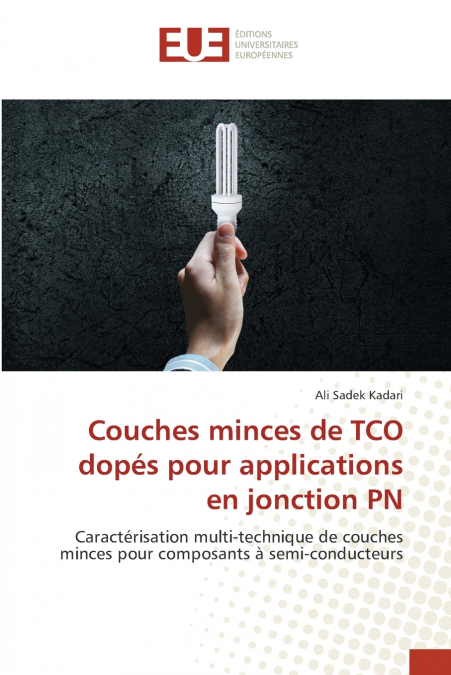
Ali Sadek Kadari
Les oxydes conducteurs transparents (TCO), combinant transparence optique et conductivité électrique, sont essentiels aux technologies photovoltaïques à couches minces. Ce travail explore la synthèse de couches minces de ZnO non dopé et dopé (Li, V, Gd) par pyrolyse chimique par pulvérisation, en vue de leur intégration dans des jonctions PN. La tomographie par sonde atomique (APT) révèle une distribution homogène du Li. Les analyses Raman, FTIR, SEM, EDX et XPS confirment la structure et la composition des films. Les couches dopées au vanadium présentent une structure wurtzite, une bonne transparence (400-1200 nm), une bande interdite de 3.18-3.26 eV, et une microdureté améliorée. Le dopage au gadolinium modifie la morphologie et maintient une transmission optique de 60-80 % avec une bande interdite de 3.24-3.26 eV. Enfin, les hétérojonctions n-ZnO/p-Si réalisées présentent des performances prometteuses, confirmant l’intérêt des couches pour des applications photovoltaïques et optoélectroniques.